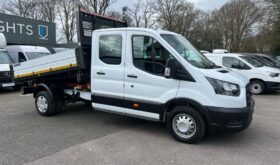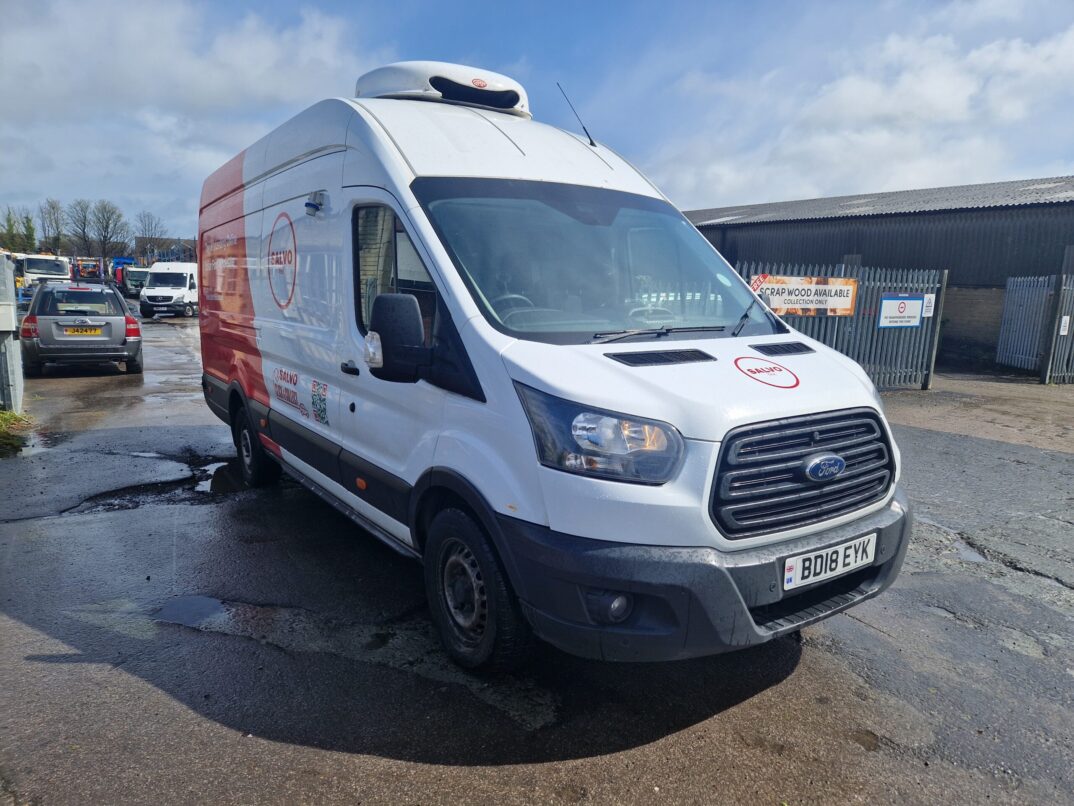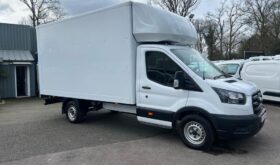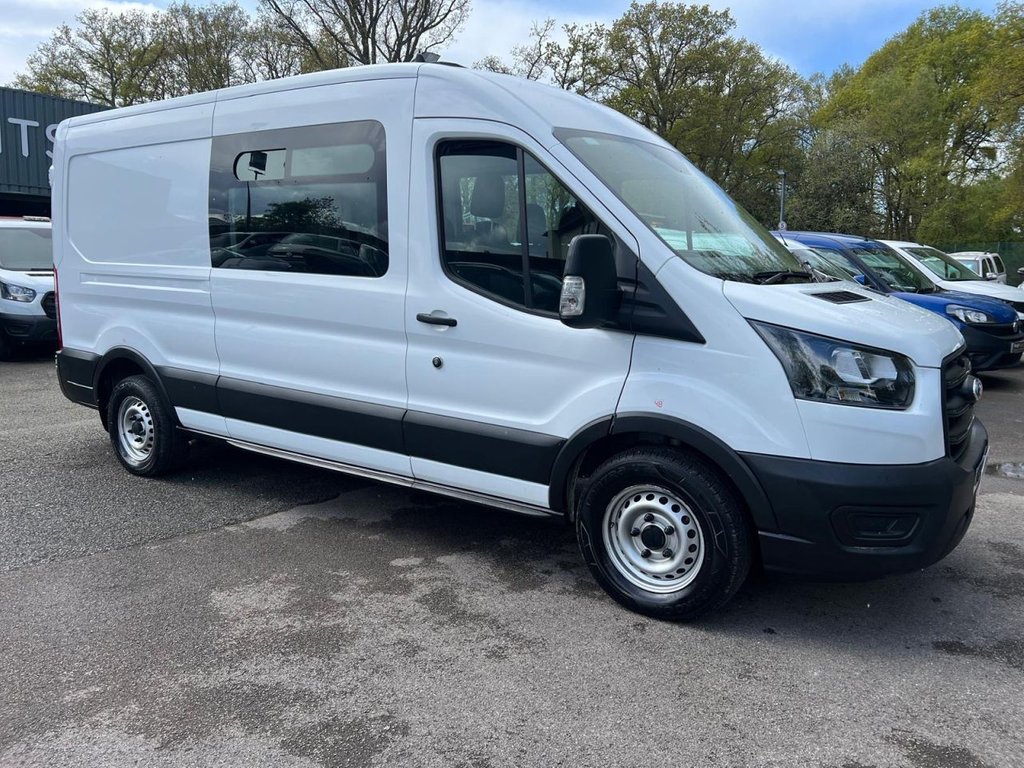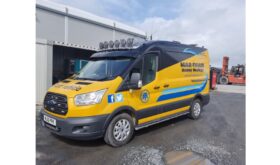For Auction at Fleet Auction Group on 2024-04-24
Lot No: 30025.0 ~ Wheel Size: 16inch, Interior: Cloth, Towbar, Remote Central Locking, Electric Windows: 2, Phone Kit: BlueTooth, Stereo: Radio, Drv Airbag, Pass Airbag ~1VAT Status: Commercial (plus VAT). DIRECT DAYS RENTAL CP71LNA Lot no: 30025.0
Lot No: 30025.0 ~ Wheel Size: 16inch, Interior: Cloth, Towbar, Remote Central Locking, Electric Windows: 2, Phone Kit: BlueTooth, Stereo: Radio, Drv Airbag, Pass Airbag ~1VAT Status: Commercial (plus VAT). DIRECT DAYS RENTAL CP71LNA Lot no: 30025.0


